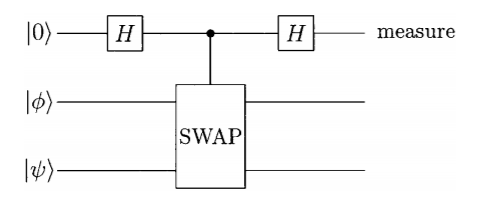I have two quantum circuits, and I would like to compare state vector of the first qubit and check if equals, what is the best way to do that in qiskit ?
Let's say I have :
psi = QuantumCircuit(5)
psi.ry(np.pi/4.,0)
psi.x(0)
psi.x(1)
psi2 = QuantumCircuit(5)
psi2.ry(np.pi/4.,0)
psi2.x(0)
I'm looking for a function which returns True when qubit 0 has the same state vector in both circuits.
I tried to get the information from Statevector.from_instruction(psi).data, but I don't know how to extract information independently of other qubits.
Edit: I get the right result with this function :
def QuantumCircuits_Statevectors_AreEquals(QuantumCircuit1, QuantumCircuit2, QubitIndex):
statevector1_arr = np.empty([1,2]).astype(complex)
statevector2_arr = np.empty([1,2]).astype(complex)
QuantumCircuit1.snapshot("qbsnap", qubits=[QubitIndex])
QuantumCircuit2.snapshot("qbsnap", qubits=[QubitIndex])
backend = Aer.get_backend('statevector_simulator')
snapshot1 = execute(QuantumCircuit1, backend).result().data()['snapshots']['statevector']['qbsnap']
snapshot2 = execute(QuantumCircuit2, backend).result().data()['snapshots']['statevector']['qbsnap']
statevector1_arr[0][0] = snapshot1[0][0]
statevector1_arr[0][1] = snapshot1[0][1]
statevector2_arr[0][0] = snapshot2[0][0]
statevector2_arr[0][1] = snapshot2[0][1]
return np.array_equal(statevector1_arr, statevector2_arr)
But maybe a cleaner solution is possible?


Statevector.from_instruction(psy)$\endgroup$